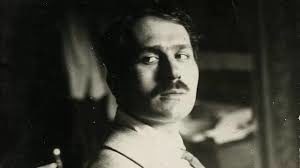
1879 - 1947
Fedor Krychevsky
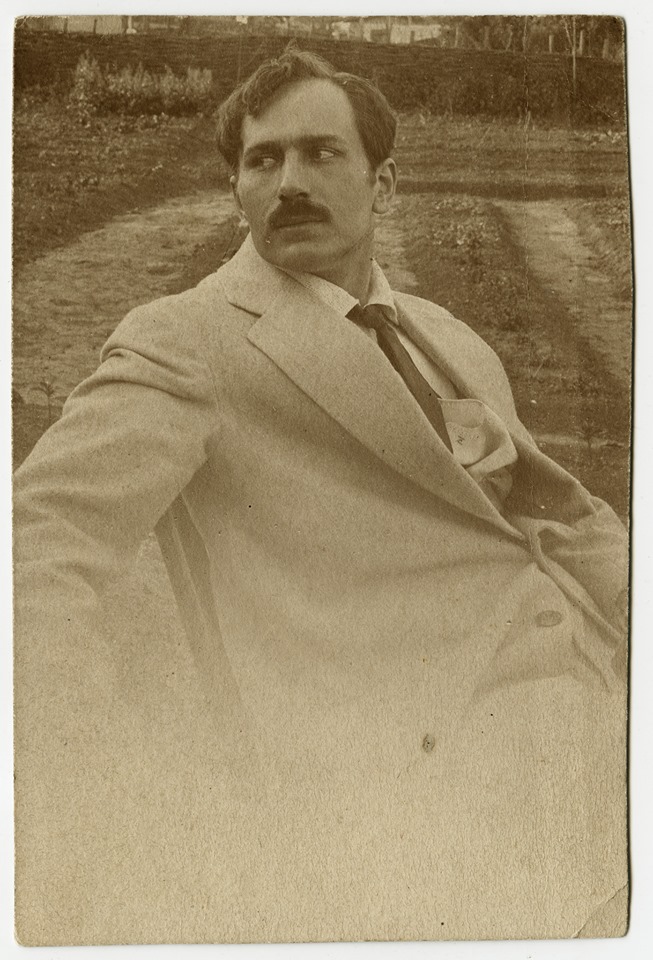
description
Fedor Grigorevich Krychevsky was an outstanding Ukrainian painter, teacher and an active public figure, the first rector of the Ukrainian Academy of Arts; he was a professor at the Kiev Art Institute for many years, was awarded the title “Honored Artist of Ukraine” (1940).
He was born into a family of a baptized Jew, a Zemstvo paramedic. He was one of eight children and grew up in the Ukrainian small village of Malaya Vorozhba (Kharkiv region) on the Psel River. The talent of Fedor, just like the talent of his elder brother Vasily (the future outstanding architect and artist), manifested itself early – he painted with coal, embroidered his own compositions, molded figures of clay. In the 1890s, the talented guy was noticed by Count V. Kapnist, in the estate of whom Fedor got acquainted with painting, could read books from a rich library, began to copy paintings from albums and original works of art.
An example of Ukrainian Art Nouveau was Krychevsky’s monumental triptych “Life” (1925-1927), exhibited in Europe and the United States. Many prominent Ukrainian artists (the Kiev school) consider themselves students of Professor Krychevsky. The main works of the artist are in the permanent exposition of the National Art Museum of Ukraine.
Key ideas:
– One of the first paintings of F. Krychevsky, with which he participated in an academic competition, demonstrated the maturity of his talent. In the canvas “The Bride”, the plot is solved without any routine. The composition has a frieze construction with its measured and solemn rhythm. The painting is tough, complete and vivid; the color is restrained. All these features will always be characteristic of the works of the master – they make his works epic and monumental.
– The national color, manifested both in the choice of themes and in the decorative details of paintings, is a distinctive feature of Krychevsky’s entire work. No wonder his creative report on the trip – the painting “Wedding Rite in Ukraine” – got negative reviews from Russian critics, who announced that the artist “showed weakness: he loved everything native”. That is why Krychevsky was denied further financing.
– As a portrait painter, the artist often uses decorative bases that emphasize the poetic or symbolic meaning of the created real portraits – this is evident in the portrait of his wife, depicted on a gold background.
– The triptych “Life”, the main work of the master, is recognized as a vivid example of Art Nouveau in the history of Ukrainian art. It contains the synthesis of the elements of art nouveau and Ukrainian religious painting (local colors, flatness, “empty” background) that are combined most harmoniously. He uses the same method in the historical genre.
F. Krychevsky mostly remained true to the realistic manner, seeing the main advantage of the artist not in the change of the artistic orientation, but in the improvement of pictorial mastery. He is characterized by a broad and expressive manner of painting, the monumentalization of a form and a special emotional component: pride of “the native”.
1879
1896 - 1901
1902
1903
1907
1911 - 1912
1913 - 1917
1917
1919
1922
1926 - 1928
1932
1939
1940
1947
The birth of the artist
The artist became a student of the Moscow School of Painting, Sculpture and Architecture
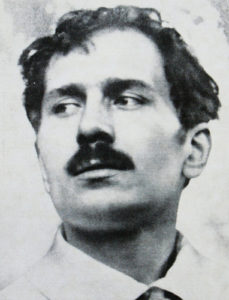
Participated in a trip to England
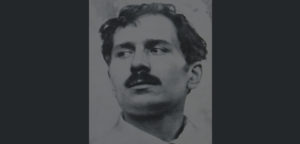
Entered the workshops of I. Repin and D. Kardovsky
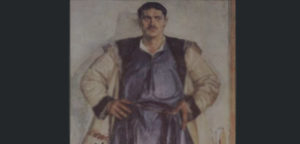
Enrolled in the class of Fritz Rubo
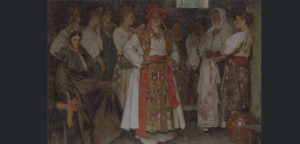
Visited Germany
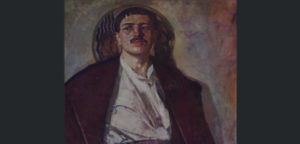
Started teaching at the Kiev Art College
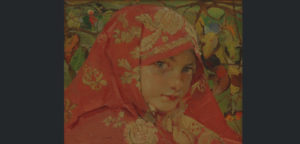
Became one of the founders of the Ukrainian Academy of Arts
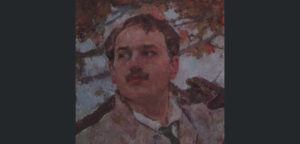
Went to a village
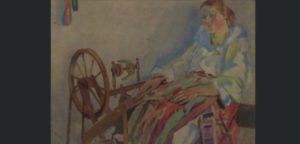
Headed workshops, which were very popular
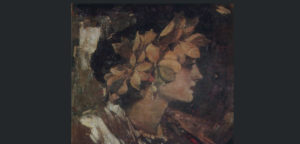
Participated in the work of the Association of the Artists of Red Ukraine
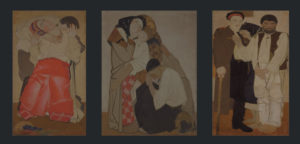
Worked as a teacher at the Kharkov Art Institute
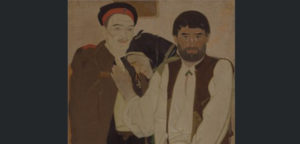
Received the degree of the doctor of arts
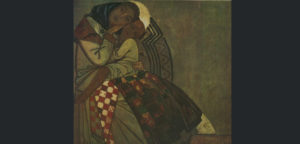
Refused from the evacuation to Ufa
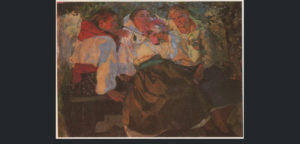
The death of the artist
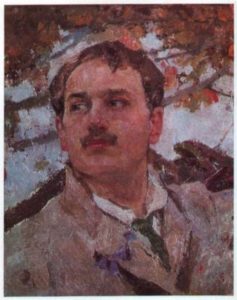
Fedor Krychevsky
On Artist
flow
Impressionism
friends
Abram Manevich
Vasily G. Krichevsky
artists
Valentin Serov
Gustav Klimt
Ferdinand Hodler
Abram Efimovich Arkhipov
Franz Alekseevich Roubaud
By Artist
flow
Modern
friends
Abram Manevich
artists
Vsevolod Maksimovich
Tatyana Nilovna Yablonskaya
Vladimir Kostetskiy
Melikhov George Stepanovich
Sergey Grigoryev
Peter Slyota
Alexander Alexandrovich Filbert
